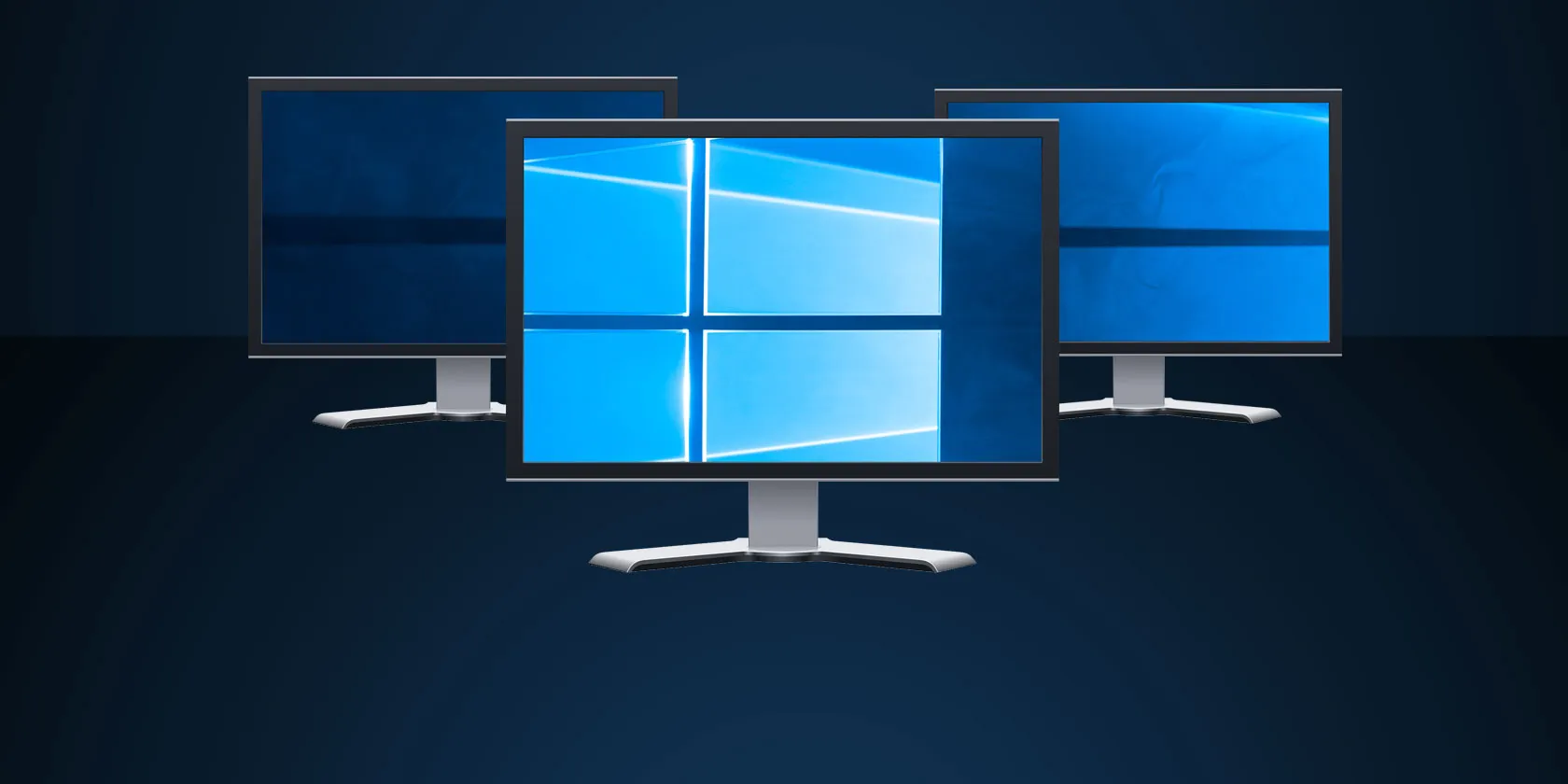Change your display refresh rate in Windows
The refresh rate of a display is the number of times per second that the image refreshes on the screen. For example, a 60Hz display will update the screen 60 times per second.
Overall, the refresh rate determines how smoothly motion appears on your screen. For example, if you’re playing a game that has a lot of fast-moving action, a higher refresh rate can help improve your overall gaming experience to keep up with the action. A higher refresh can also help you get a better experience with smoother motion when you're browsing the web or using a digital pen to write or draw.
A higher refresh rate can also reduce battery life because it uses more power. So if you're using a laptop or tablet and want to save some battery, you could lower the refresh rate. However, that might also reduce the overall experience when you're using your device.
Windows 10
To change the refresh rate in Win 10
-
Select the Start button, then select Settings > System > Display > Advanced display settings.
-
Under Refresh rate, select the rate you want.
The refresh rates that appear depend on your display and what it supports. Select laptops and external displays will support higher refresh rates.
Windows 11
To change the refresh rate in Win 11
-
Select Start > Settings > System > Display > Advanced display .
-
Next to Choose a refresh rate, select the rate you want.
The refresh rates that appear depend on your display and what it supports. Select laptops and external displays will support higher refresh rates.
Note:
You might see the word “dynamic” next to some refresh rates that are listed. Dynamic refresh rates will increase the refresh rate automatically when you’re inking and scrolling, and then lower it when you’re not doing these types of things. This helps to save battery and provide a smoother experience.
Please DISABLE dynamic refresh rate.
Dynamic refresh rate will interfere with displaying images on the Smartboards


No Comments